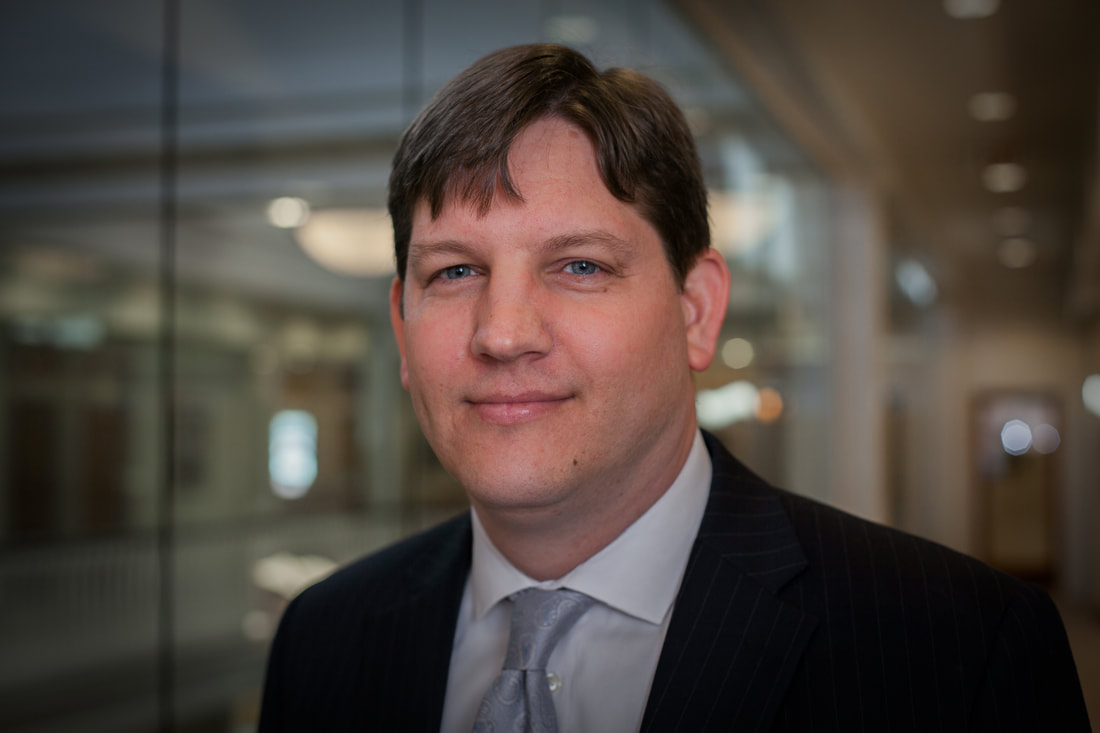|
When I first set up our business I stopped by the Army Surplus Store and purchased a used typewriter. My second stop was at an office supply store where I bought some index cards, pencils, pens, tablets, typing paper, and a few sheets of carbon paper. Last, I stopped by the phone company to set up my communication system. It consisted of two lines and a rotary phone with a button to switch between lines. My research material included the stock and bond guides from Standard & Poor’s along with a subscription to the Value Line Investment Survey. What I personally added to these few items was a college degree and a license to sell securities. The investment intelligence I possessed was next to nothing. I guess you could say that in those days I truly did use artificial intelligence in recommending securities. Oh, how times have changed. Today, a young person can enter the investment business armed with decades of knowledge available at their fingertips. They don’t even have to understand how to interpret that knowledge, as a computer program can, within seconds, kick out recommended investment products conveniently allocated into a total portfolio. This approach, the use of computers to make investment decisions, falls under the large umbrella of computer science we now call artificial intelligence. It seems that we are at a point in time where a large portion of investors believe that machines can replace human intelligence in the field of portfolio management, resulting in higher risk adjusted returns at a substantially lower cost. Which brings us to Nobel Memorial Prize winner Harry Markowitz, whose words gave us the title to this month’s letter. Dr. Markowitz’s influence started with his Doctoral Thesis titled “Portfolio Selection,” published in the March 1952 edition of the Journal of Finance. It is this paper that changed the world of portfolio management, providing a quantitative method to satisfy the risk averse nature of human investors. The basic assumptions were that people are only willing to take on risk if the expected payoff for taking the extra risk is a higher total return, and that any security’s risk and return characteristics by themselves are not as important as how each security adds to the total portfolio’s risk and return. This work became known as “Modern Portfolio Theory” (MPT), and by Markowitz’s own words “created the portfolio theory industry.” This is a logical approach to portfolio management. Its popularity grew slowly at first. In my opinion, it took the decline in the cost of computing power to bring the theory to the masses. After all, individuals and their advisors do not have the time nor skill to compute the mathematical calculations necessary to quantify individual security risk and the expected rate of return of each security. Today’s computers can accomplish these calculations on thousands of securities in milliseconds. But is the calculating power of a computer enough to suggest we turn over the design and maintenance of our hard earned wealth to a machine? We will let Dr. Markowitz answer the question for us. Jane Wollman Rusoff conducted a phone interview with Dr. Markowitz that was published on April 15, 2019 in ThinkAdvisor (1). When asked the question, “What are your thoughts about artificial intelligence?” he answered: Artificial Intelligence – quote unquote – is artificial idiocy. Suppose you knew somebody who could drive from Point A to Point B without hitting anyone but couldn’t butter a slice of bread. Suppose you knew someone else who could play chess at a champion level but couldn’t drive from Point A to Point B. He would be an idiot savant. So what are you getting at? There’s no magic elixir that somehow the Sorcerer’s Apprentice is conjuring up mysterious intelligence. It’s a program! It follows somebody’s rules. Programs are based on theories. And they may have a bug: A very large airplane carrying lots of people encounters a bug in the artificial intelligence being used to help fly the plane – people die. Many fear that AI and robots will take over the world. If you get malicious programs, you get malicious results. I have been critical of MPT for the majority of my career. However, my reasoning was not due to the logic of the risk and return tradeoff, or for the need to diversify. The primary reason is in applying the theory to an actual portfolio. As Dr. Markowitz states in “Portfolio Selection”: The process of selecting a portfolio may be divided into two stages. The first stage starts with observation and experience and ends with beliefs about the future performances of available securities. The second stage starts with the relevant beliefs about future performances and ends with the choice of portfolio. We all know that estimating the future performance of securities is part art and part science. The fact is, no one can tell the future, nor, as one of my clients recently reminded me, does anyone have control over market prices. Most promoters of MPT seem to forget stage one when applying the theory to actual portfolio management. Instead of estimating future returns, they just use historical results as if they will repeat themselves into the future forever! Dr. Markowitz has not forgotten stage one. In the ThinkAdvisorinterview, he let us in on how he is managing his own portfolio. In 2017 he sold almost all of his bonds as “they were paying very little” and took the “Markowitz Bet,” going all equity, spread between large-cap, small-cap, and emerging markets. For his large-cap holdings, he purchased six individual stocks, mentioning Caterpillar, 3M and elevator companies like Otis (a division of United Technologies, UTX) and U.S. Gypsum. (1) Rusoff, Jane Wollman. “Where Harry Markowitz, Father of Modern Portfolio Theory, Is Invested Now.” ThinkAdvisor, 15 Apr. 2019, www.thinkadvisor.com/2019/04/15/harry-markowitz-talks-mpt-robos-and-where-hes-invested-now/.
Comments are closed.
|
Kendall J. Anderson, CFA, Founder
Justin T. Anderson, President
Categories
All
Archives
April 2024
|
|
Common Sense Investment Management for Intelligent Investors
|



 RSS Feed
RSS Feed